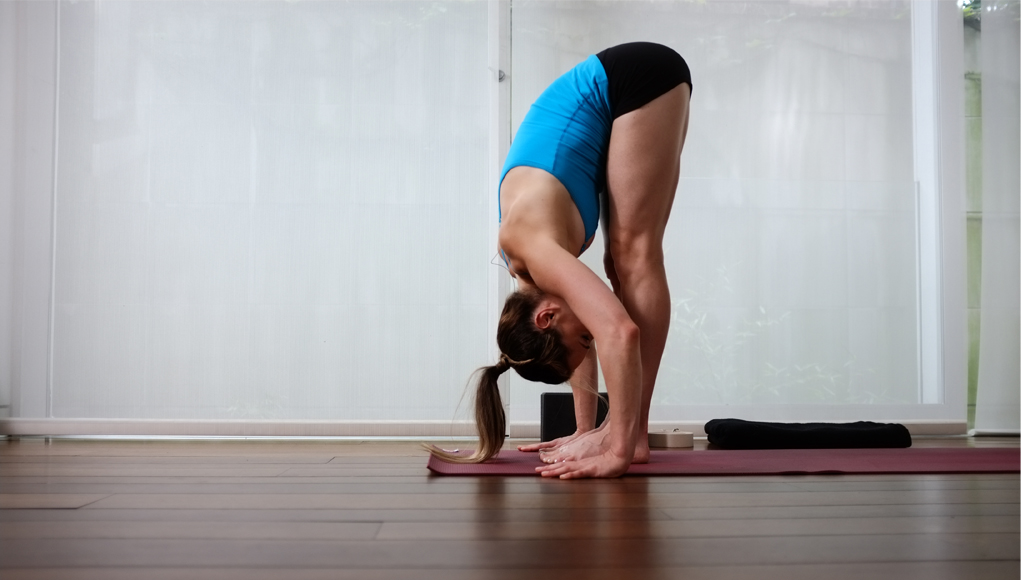A dear friend and teacher shared this quote in her class recently and it has stayed with me:
“True self-care is not salt baths and chocolate cake, it is making the choice to build a life you don’t need to regularly escape from.”
I used to think self-care meant loads of alone time, preferably with little to no talking, lots of bubble baths, and a guilty pleasure like a glass of wine or chocolate covered things (combined with a bath and you have a real winner of a night!), but something has shifted in me recently.
There’s a lot going in our world: we lead busy lives; we are constantly connected through devices and social media; current events are heartbreaking and demoralizing, and at times I feel small and at a loss for what to do. Sometimes I do want to escape with salt baths and chocolate cake, and while they may be short term, feel good options, they aren’t long term solutions. I want to learn how to live with more presence in every day moments, even the ones that feel uncomfortable and messy.
For me, this ‘how to’ is self-care.
I now see self-care as a way to build your life; a list of non-negotiables that support you in being your best self. This list has grown quite substantially over the years and I’m sure I could ease up a bit on not making this another to-do list, but it has truly created a richer participation with my life.
Some of my current non-negotiables:
Homemade meals — this is a must for feeling nourished and fed
Time with my husband — preferably on a bike cycling through the Oakland hills
Movement — yoga, cycling, tune up ball- and foam-rolling
Quiet time — meditation, restorative postures, yoga nidra, journaling
Study — education and inspiration through books, podcasts, classes, workshops
Epsom salt baths — because come on, they’re still great for relaxing!
What are some non-negotiables for you?
Start a list, share it with others, watch it change, and then make sure to put it into action!
Here’s some inspiration to get you going — one of my go-to dishes for that in between winter-spring season:
Raw Beet + Carrot Slaw
4 beets (any variety)
4 carrots
Green onions, thinly sliced
Hazelnuts (walnuts work great too, or any nut/seed you like), toasted and roughly chopped
1 lemon, zested and juiced
Herbs (I like parsley, mint and basil), roughly chopped
Olive oil
Salt + pepper
Roughly chop the beets and carrots. Feed through the slicer setting on your food processor. Note: if you don’t have a food processor you can cut the vegetables by hand into small matchsticks.
Transfer shredded beets and carrots into a large bowl.
Add green onions, toasted hazelnuts, lemon zest and juice, and chopped herbs to the bowl.
Toss gently to combine.
Season with olive oil, salt + pepper to taste.
To turn this into a full meal, top with chickpeas (protein of your choice), or make it your side salad to a main dish.






